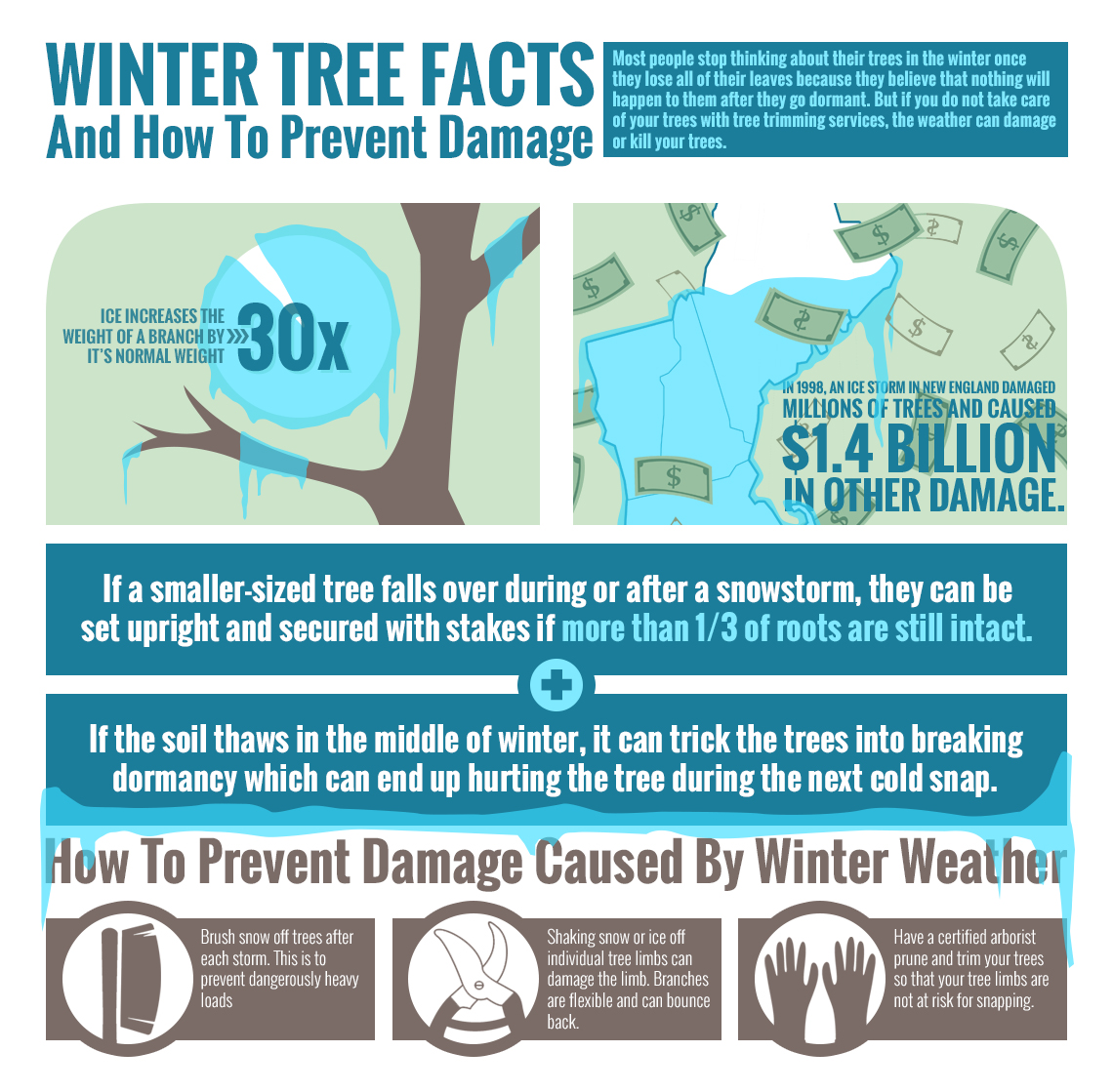Indicators That Tree Elimination Is Necessary: Identifying Dangerous Trees
Indicators That Tree Elimination Is Necessary: Identifying Dangerous Trees
Blog Article
Developed By-McDonald Cormier
When it comes to tree treatment, identifying the indications that it's time for elimination is vital for your safety and property. You may see discolored leaves, wilting branches, or strange fungal developments suggesting health problems. Architectural problems, like a considerable lean or cracks in the trunk, can likewise position threats. Comprehending these indication can help you make educated choices concerning your trees and protect against possible risks prowling in your backyard. What should you try to find next?
Indicators of Decay and Disease
When you observe indicators of decay and illness in your trees, it's vital to act quickly. Look for blemished fallen leaves, wilting branches, or unusual growths like fungi. These can suggest that your tree is struggling.
If you see fractures in the bark or soft, mushy wood, these signs recommend internal decay. In addition, a sudden rise in parasites around your tree can signify that it's damaged and susceptible.
Check for any kind of dead or dying arm or legs, as they pose a risk to your property and safety and security. If Pruning Calamansi Tree doubt concerning what you see, consulting an arborist can provide quality.
Addressing these signs early can conserve you from much more extensive damages and make certain the health and wellness of your lawn. Don't wait till it's too late.
Structural Instability and Leaning
As you observe your trees, watch out for any kind of indicators of architectural instability or leaning. If a tree leans substantially, it might show that the root system is compromised.
Look for any splits in the trunk or dirt around the base; these can signal potential failure. Furthermore, check for uncommon development patterns, like an uneven crown, which might recommend that the tree is having a hard time to hold itself upright.
If you discover that the tree leans toward your home, high-voltage line, or other frameworks, it postures a better danger. Don't neglect these indicators-- speak with an arborist to evaluate the circumstance.
Acting early can stop pricey damages and ensure your safety and security.
Dead or Dying Branches and Vegetation
If you discover dead or passing away branches and vegetation on your tree, it's a clear indicator that something's wrong.
These unhealthy areas can show underlying concerns like condition, bug problems, or ecological stress. When branches shed their leaves or transform brownish, they're no more contributing to the tree's health and wellness. Neglecting these indicators might cause additional decline, making your tree a lot more unsafe.
Dead branches can conveniently break short throughout storms, posturing a threat to residential or commercial property and individuals close by. It's critical to analyze the degree of the damage.
If the trouble affects a significant part of the tree, think about getting in touch with an expert. They can aid establish if elimination is required to make certain safety and preserve the charm of your landscape.
Final thought
If you observe any type of signs of decay, structural instability, or dead branches on your trees, do not neglect them. These indications can posture significant safety dangers to you and your property. It's constantly best to seek advice from a professional arborist who can offer a professional evaluation of your trees. Doing something about it early can stop accidents and expensive damage, ensuring your landscape stays safe and healthy. Keep in mind, it's better to be aggressive regarding tree care than to wait on a disaster to take place.
